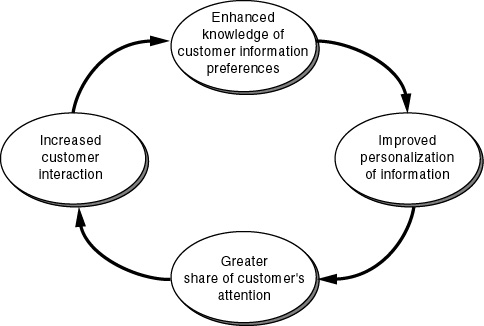New LinkedIn deals – LexisNexis and Xobni – extend the reach of professional social networks
After the news of the deal between LinkedIn and New York Times I wrote about a couple of days ago, LinkedIn has just announced new deals with LexisNexis and Outlook plug-in Xobni.
The LexisNexis deal is particularly intriguing. Back in 2003 a number of corporate social networking applications were launched, notably Spoke, VisiblePath, and Contact Network Corporation. I knew all the players well, and Spoke was in fact the Gold Sponsor of the Living Networks Forum I ran in New York in December 2003. At the time there was one other significant player which was in a similar space, which was InterAction CRM software, owned by Interface. The CRM software was primarily sold to legal firms, where it had a strong presence. Its functionality included a “who knows whom” function, so that lawyers could find out who in their firm knew people at client or prospect firms. As with all the other corporate social networking applications, this included a high degree of user choice on what personal contact information was made available.
In December 2004 LexisNexis, the largest provider of legal information, acquired Interface, making InterAction CRM part of its suite of offerings. Since then LexisNexis has very actively acquired software companies, notably VisualFiles in case management, Juris in pratice management, and Axxia in backoffice legal solutions, repositioning itself far beyond being an information provider.




